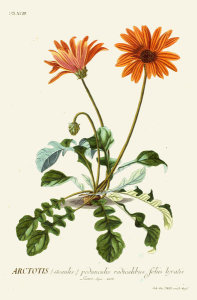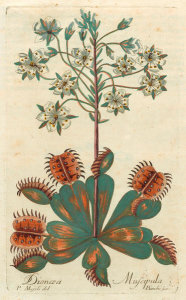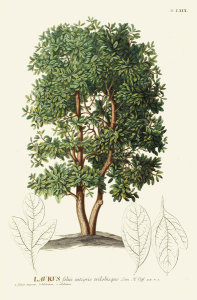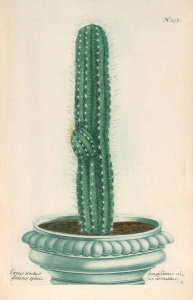Featured Collections
- Illustration Collection
- All Illustrations
- Botanical
- Children's
- Historical
- Natural History
- Political
- Scientific
Individually made-to-order for shipping within 10 business days.
Subjects
- Flowers and Plants
- All Flowers and Plants
- All Florals
- Exotic Plants
- Medicinal Plants
- Leaves
- Wildflowers
- Roses
- Poppies
- Carnations
- Magnolias
- Featured Subjects
- Cacti and Succulents
- Astronomy and Space
- Sea Creatures
- Activities
- Fantasy
- Magical
- Transportation
- Typography
Prints and framing handmade to order in the USA.
Artists
Your order supports The Huntington Library, Art Museum, and Botanical Gardens.
Best Sellers
- Elisabeth M. Hallowell, California Poppy
- Edward Hopper, The Long Leg
- Thomas Gainsborough, The Blue Boy
- Mary Cassatt, Breakfast in Bed
- Charles Francis Annesley Voysey, Snake Amongst Flowers
- Emma Homan Thayer, Yellow Poppy
- Joseph Wright of Derby, Vesuvius from Portici
- Mark Catesby, The Laurel Tree of Carolina [Magnolia Grandiflora]
- John James Audubon, Louisiana Heron
- Robert John Thornton, The Blue Egyptian Water Lily
- Charles Altamont Doyle, A Fairy Girl Reclining on a Toad Beneath a Small Shrub
- Ernst Haeckel, Trochilus
- Elisabeth M. Hallowell, Monkey Flower
- Emma Homan Thayer, Wild Peony
- Walt Kuhn, Top Man
- Kono Bairei, Bairei Picture Album of One Hundred Birds, plates 23/24
- Thomas Lawrence, Sarah Goodin Barrett Moulton: "Pinkie"
- Etienne Léopold Trouvelot, Total Eclipse of the Sun
- John Constable, Salisbury Cathedral from the Bishop's Grounds
- Martha Benedict, Japanese Garden in Spring at the Huntington Botanical Gardens
Customize by your choice of paper or canvas, item size, and frame style.












